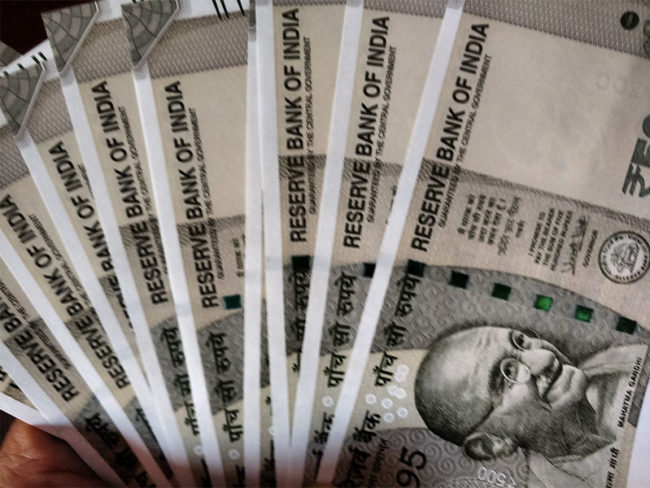Income Tax slabs for FY 2024-25: Tax deductions and rebates explained
Finance Minister Nirmala Sitharaman has not proposed any changes in the income tax slab rates in the interim Budget 2024. However, the notable modification in the income tax slabs includes a reduction of tax slabs from 6 to 5 alongside an increase in the basic exemption limit from Rs.2.5 lakh to Rs.3 lakh from April…









